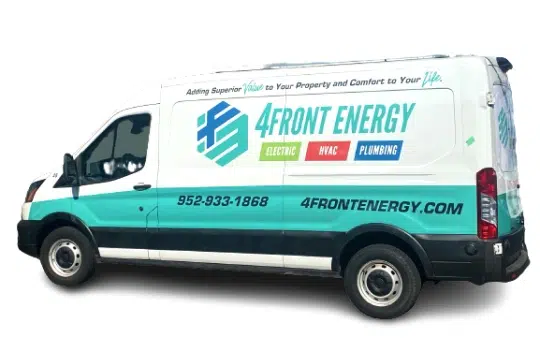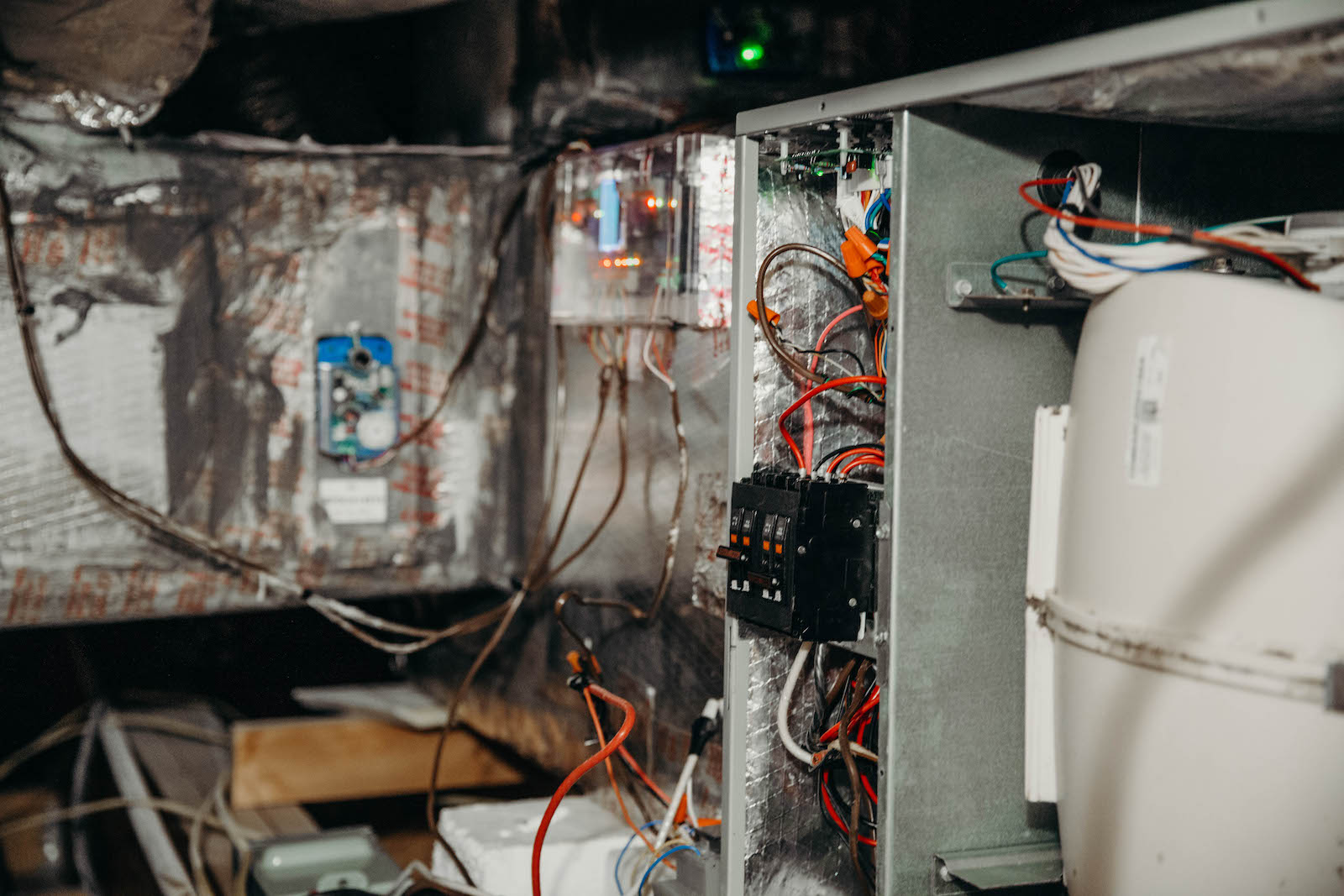Minnesota EV Tax Credit: Everything You Need To Know In 2022

Going green isn’t just a benefit to the environment but also a benefit to those who make the switch! Some examples include:
Homeowners who install energy-efficient appliances can get rebates on their purchases.
Homeowners installing solar panels get all sorts of rebates, tax credits, or other financial incentives for going solar.
Electric vehicle owners can also get rebates on their purchases for committing to more sustainable options.
Fun fact: all-electric and plug-in hybrid cars purchased new since 2010 may be eligible for up to $7,500 in federal tax rebates. However, that’s not the only type of financial incentive for purchasing an electric vehicle. Also, the amount and type of rebates or tax credits you get vastly depend on your state.
So today, we’re helping Minnesotans gather information about the state’s EV tax credit to reap the benefits or help them take that last step towards the finish line of purchasing an electric vehicle.
But First, The Benefits of Owning an Electric Vehicle
There are many reasons people might switch to a hybrid or electric vehicle. Maybe it’s for style, but most likely, it’s to save money at the pump and rid themselves of a dependency on gasoline for their car. Electricity is a renewable resource that provides longevity and power to individuals who want to invest in something rather than continue relying on non-renewable energy.
The benefits of owning an electric vehicle go even beyond that to include:
Save money on gas. On average, drivers save $700 or more in fuel costs per year after switching to an electric vehicle.
Require less maintenance than gas vehicles. EVs have fewer parts which means less damage or issues during their lifetime.
They don’t emit any air pollutants, making them incredibly environmentally friendly. Since the inception of electric vehicles for mainstream use, CO2 emissions have been reduced by more than 177,758,804 kg.
Electric cars are lighter, faster, and go farther.
At-home charging saves a ton of time on the road. Drivers of EVs rarely have to stop to charge their vehicle if they charge their car every night at home. This saves tons of time and money.
EVs can get the equivalent of 100+ mpg. The ROI on an EV as far as travel distance is massive. For example, the Tesla Model 3 Long Range model has a fuel economy of 136 MPGe.
Overall cheaper in the long run. EVs are cheaper to operate and maintain long-term compared to their gas-fueled counterparts.
These are just a few big reasons people continue to make a massive shift towards electric vehicles. We don’t see this trend going anywhere soon, especially with gas prices on the rise.

Why Does the Government Give Tax Incentives?
Tax credits and deductions are nothing new, but they have significantly expanded in recent years to include many energy tax incentives. But the government (federal, state, and local) offer all sorts of tax incentives to people who have children, donate to charity, and purchase energy-efficient appliances—to name a few. But why do they offer those incentives? A few reasons:
To offset the cost of new technology or product.
To encourage people to use products that help the environment.
To create jobs in specific industries.
The government offers these tax credits as an incentive for homeowners and businesses to make improvements that will conserve energy, save money, and help the environment.
When it comes to electric vehicles, these tax credits and incentives are offered to encourage more people to switch from gas cars—thus reducing emissions and saving money on fuel costs. Most of these programs are designed to phase out over time as the cost of electric vehicles decreases and more people make the switch.
What the New Federal Infrastructure Bill Means for Electric Vehicles
In 2021, President Joe Biden signed the Infrastructure Investment and Jobs Act into law, committing significant investments towards climate and clean energy initiatives. Some of the motions included in this infrastructure bill include:
Historical investment in improving and expanding public transit, including adding electric buses to large metropolitan areas. With the largest investment in public transit in U.S. history: $39.2 billion is getting invested nationally, with at least $818 million coming to the state of Minnesota.
$550 million going towards the Energy Efficiency and Conservation Block Grant Program and $500 million to the State Energy Program which will provide critical grants to cities, states, and tribes to implement clean energy programs. This movement will bring millions of jobs to these communities and officialize a commitment to clean energy across the nation.
Minimum of $100 million allocated to help Minnesota increase broadband coverage and accessibility across the state. This will also help low-income families afford internet access with the Affordability Connectivity Benefit eligibility.
Lastly, this new infrastructure bill brings the largest national investment in electric vehicle charging ever. This is a giant leap towards a national EV charger network being implemented. There is now $7.5 billion going towards electric vehicle charging infrastructure: $68 million of that guaranteed for Minnesota alone.
These investments not only make it more convenient for people to switch to electric vehicles and other sustainable options but more affordable. As EVs become more popular amongst average car owners, they can help drive down costs. Over time we believe more people will adopt such a model strictly because it is more affordable and accessible than ever.
With successful implementation, the electrification of widespread transportation (not just public) will benefit Minnesota residents and utility customers giving them more net benefits overall. And as more Minnesotans choose to purchase electric vehicles, the more they can benefit from our state’s EV tax credits, detailed below.
Take Advantage of Minnesota Benefits Programs and Incentives for EV Owners
The Minnesota Legislature has added more alternative fuel incentives, laws, regulations, and tax breaks since electric vehicles have become more mainstream. The benefits are broad and have some specific guidelines. Still, for the most part, credits are available for both light-duty and heavy-duty AFVs (alternative fuel vehicles) and the installation of home and public electric vehicle supply equipment (EVSE).
There are many benefits for businesses, but we’re going to dive into the benefits for individual owners of electric vehicles and how they benefit.
The Plug-In Electric Vehicle (PEV) Toll Credit Pilot Program
This three-year program would give a one-time MnPass account credit to eligible PEV drivers for the MnPass toll lanes on the highway. Currently, eligible vehicles must be purchased or leased between November 1, 2019, and October 31, 2022. Drivers who purchase or lease a new or used plug-in hybrid electric vehicle receive $125; fully electric vehicles get a $250 credit.
The Plug-In Electric Vehicle Time-Of-Use (TOU) Rates (Xcel Energy)
Xcel Energy is a great place to check for energy rebates in Minnesota. Right now, they offer three rate options for EV owning residential customers.
The EV Accelerate at Home rate applies to customers who install a separate Level 2 charger that Xcel Energy maintains in their home.
The Separate Meter rate requires customers to install a separate meter for measuring electricity used specifically for their electric vehicle charging. Learn more here.
The Whole Home rate is for customers who charge their vehicle at night and on weekends and apply that same use to their major appliances, running them late in the evening or overnight as well.
The Residential Plug-In Electric Vehicle Charging Pilot Program (Xcel Energy)
Another pilot program offered to Xcel Energy residential customers provides discounted Level 2 EV installation, supply equipment, and charging costs. This can be highly beneficial to those who qualify and is quite the incentive to get people to buy a new electric vehicle.
Federal Level EV Tax Credit for New Vehicles: Who Qualifies?
While there isn’t a specific Minnesota tax credit, owners of electric vehicles can claim a federal tax credit on their taxes and get massive rebates and incentives.
“Internal Revenue Code Section 30D provides a credit for Qualified Plug-in Electric Drive Motor Vehicles including passenger vehicles and light trucks. For vehicles acquired after 12/31/2009, the credit is equal to $2,500 plus for a vehicle that draws propulsion energy from a battery with at least 5-kilowatt hours of capacity, $417, plus an additional $417 for each kilowatt-hour of battery capacity over 5 kilowatt-hours. The total amount of the credit allowed for a vehicle is limited to $7,500.”
However, the kicker with this benefit is that the credits will phase out once at least 200,000 qualifying vehicles have been sold in the U.S. by that specific manufacturer. You can check the complete list of manufacturers and whether or not they have benefits allotted for their specific models.
You may be asking, how do you apply for this tax benefit? The answer is it depends on how you file your taxes. But your tax person or company can answer those specific questions for you.
TurboTax gives an excellent explanation to start by saying, “You can use Form 8936 to claim an electric vehicle tax credit for vehicles purchased and placed into service during the current tax year. Form 8936 is used for qualifying plug-in electric drive motor vehicles, including qualified two-wheeled plug-in electric vehicles.”
However, there are some fine print items you should know before you begin filing. If you do want to file using Form 8834, you’ll need to make sure you and your vehicle meet the following requirements:
It’s driven primarily in the U.S.
The battery pack has a 4-kilowatt-hour capacity (four-wheeled) or 2.5-kilowatt-hour capacity (two-wheeled).
An electric motor pulling electricity via the battery drives the primary source of motion.
The vehicle plugs in to charge (PEV).
You purchased the vehicle new and did not buy the vehicle with the intent of reselling it.
Your vehicle weighs less than 14,000 pounds.
Your vehicle is designed to be driven on public roads.
While this subject matter can be complicated and hard to follow, knowing which resources to go to for more information can make it easier and ensure you get the most out of the tax incentives available to you.
Rebate Resources for Minnesota EV Owners
If you’re unsure whether you or your vehicle qualify for certain tax rebates or credits, check out any resources below to help.
TurboTax, Credit Karma, H&R Block, etc.
These can be the go-to spot to check for up-to-date news and regulations and search your car specifically to find if it qualifies for any additional incentives.
Go to the Pros for Assistance
One final resource you can use is 4Front Energy. Our expert team of electric vehicle gurus can walk you through everything from the best time to charge to installing a new Level 2 charger at home to get the most out of the benefits you qualify for.
As an electric vehicle owner, you deserve to reap the benefits allotted to you through these programs, and we’ll help you get there. We love our customers who have committed to clean energy while thriving and saving a ton of money!
For more information or to find solutions to your EV charger issues, contact 4Front Energy today!
Request Service

Why Choose 4Front Energy?
We’re a Service Company, Not a Sales Company
- Licensed, bonded & insured contractor
- Trusted Twin Cities service provider for nearly 30 years
- Reliable service excellence
- One number for electric, HVAC, and plumbing
- Stand behind our work with integrity
- Fair and straightforward pricing
- Provide invaluable comfort and integrated efficiency
- Technicians that take pride in their work



